
Dansk i skolen Ethos, Pathos, Logos
Etos, logos og patos. Det er viktig med kunnskap om hvilken appellform som passer best i den situasjonen du skal uttrykke deg i. Det er også viktig å ha kunnskap om hvem du snakker til, for å vite om du skal spille på troverdighet, fornuft eller følelser. Når du skal bruke retorikk til å utrykke deg, eller når du skal analysere.
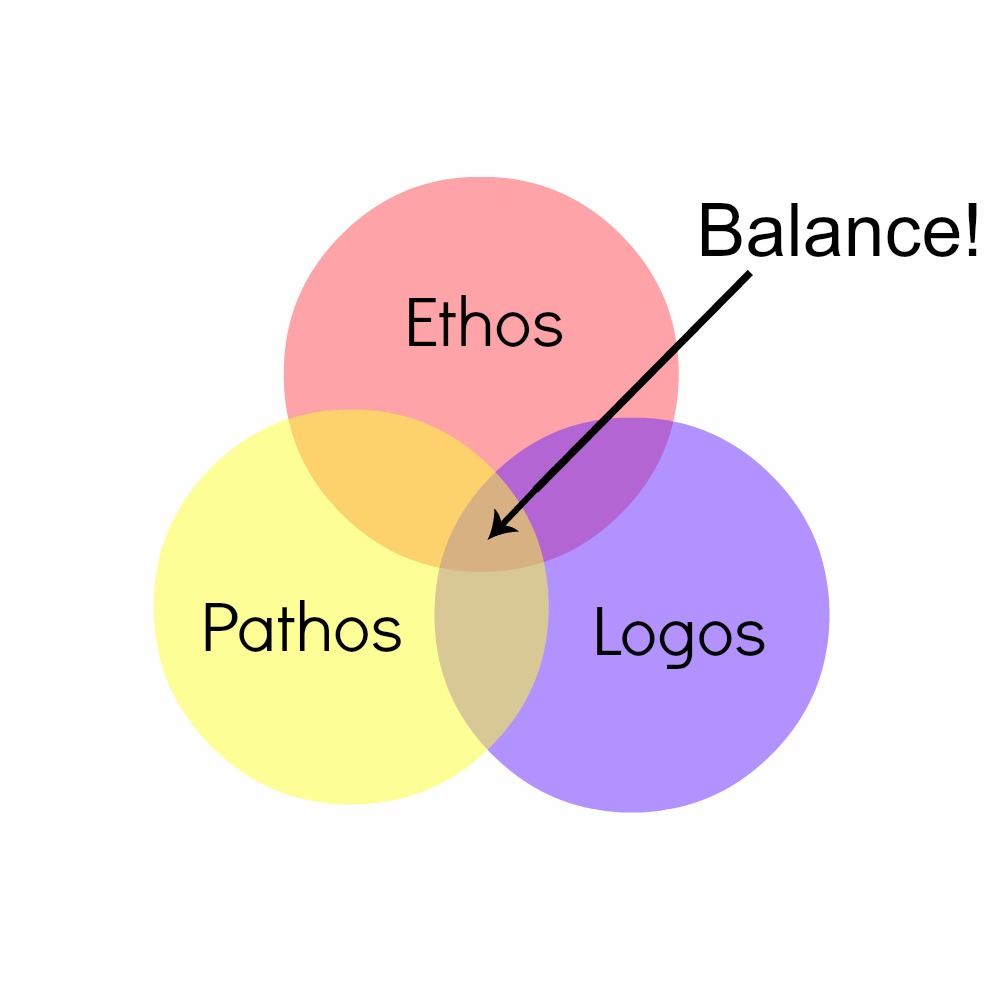
Ethos, Pathos, Logos and Writing for Your Audience
Ethos, Pathos, and Logos are three strategies commonly employed when attempting to persuade a reader. Pathos, or the appeal to emotion, means to persuade an audience by purposely evoking certain emotions to make them feel the way the author wants them to feel. Authors make deliberate word choices, use meaningful language, and use examples and.

Etos logos patos cupmyown
Ethos, Logos, and Pathos When being introduced to rhetorical concepts, among the first appeals students learn about are the rhetorical appeals. There are three main appeals that can be used: ethos, pathos, and logos. Although this handout does provide examples of each appeal below, it is important to note that a piece of media or text might actually contain more than one appeal.

Ethos, Pathos, Logos Achmad S. Ruky
Updated June 14, 2022 Image Credits Aristotle's "modes for persuasion" — otherwise known as rhetorical appeals — are known by the names ethos, pathos and logos. They are tools for persuading others to a particular point of view and are often used in writing and advertising to sway the audience. Meaning of Ethos, Pathos and Logos

Ethos, pathos, logos the old way of addressing your audience (2023)
Logos, ethos, and pathos are important components of all writing, whether we are aware of them or not. By learning to recognize logos, ethos, and pathos in the writing of others and in our own, we can create texts that appeal to readers on many different levels. This handout provides a brief overview of what logos, ethos, and pathos are and.

Los etos, patos y logos son vector de stock (libre de regalías) 2095040758 Shutterstock
Ethos is the act of appealing to the speaker's or writer's authority as a means of persuasion, Pathos is the act of evoking emotions in the audience or readers to make your point, Logos is the act of appealing to the logic of the audience or readers. Aristotle believed that logos should be the most important of the three modes of persuasion.
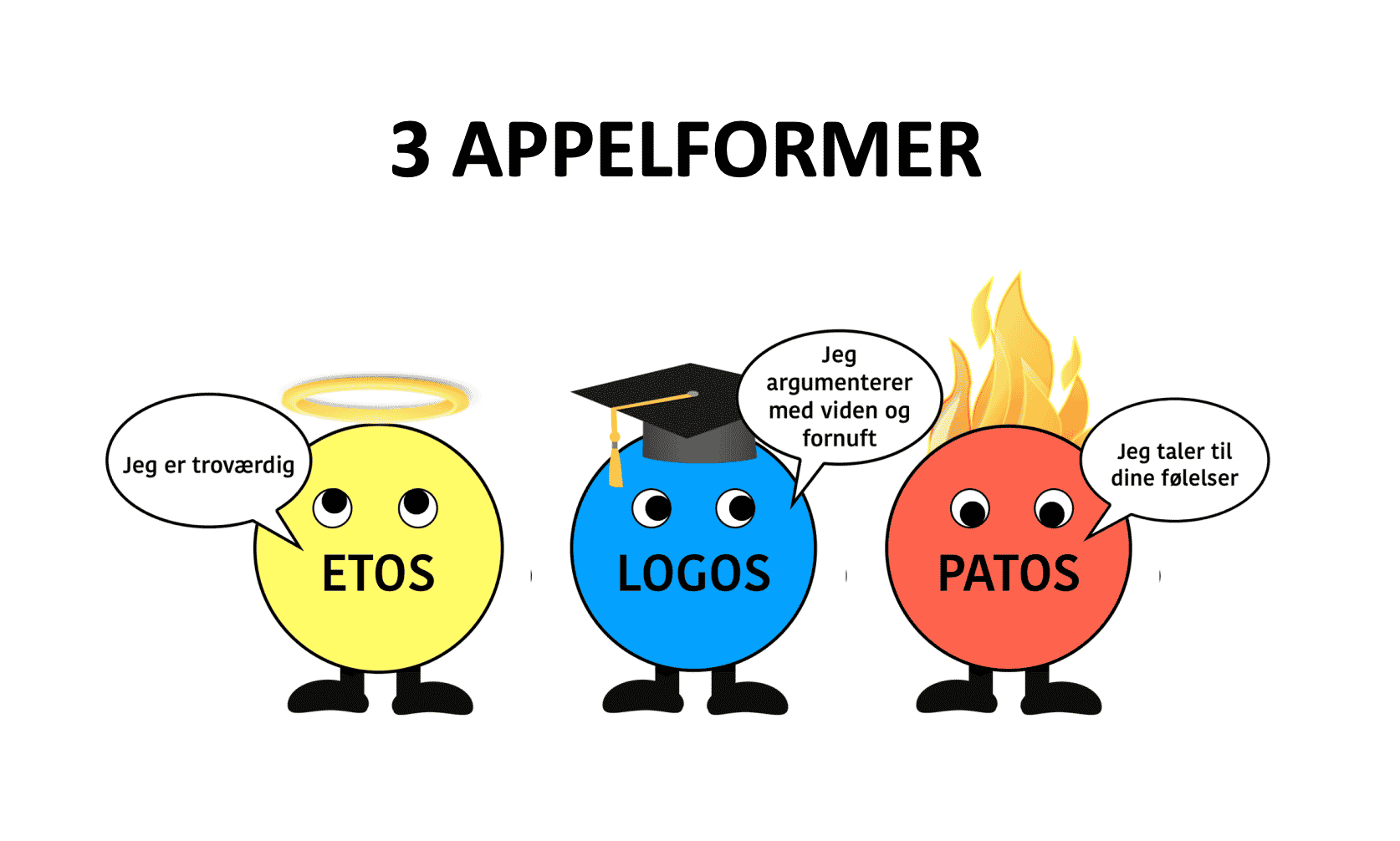
3 appelformer Indidansk
Produced by Ricky PadillaHow do you persuade someone to see things YOUR way?The Greek philosopher Aristotle had some good ideas on how to persuade people. Am.

Appelformer hvad er etos, patos og logos GoTutor
Ethos, pathos and logos are the three categories of persuasive advertising techniques. Each category invokes a different appeal between speaker and audience. Ethos calls upon the ethics, or what we'd call the values, of the speaker. Pathos elicits emotions in the audience. Finally, logos puts logic into play by using evidence and facts.

💄 Patos etos logos. ¿Cuál es el significado de Logos, Pathos y Ethos?. 20190112
What are logos, ethos, and pathos? Frequently asked questions See all Home Frequently asked questions What are logos, ethos, and pathos? What are logos, ethos, and pathos? Logos appeals to the audience's reason, building up logical arguments. Ethos appeals to the speaker's status or authority, making the audience more likely to trust them.

Etos, patos og logos kan vi bruge dem til noget?
Patos (passion, følelser) Download som PDF (til print) Etos (Man taler med troværdighed) Man har en stærk etos, hvis man virker troværdig. Man kan være trovædig, hvis man forventes at vide meget om et emne - fx en kok, der udtaler sig om mad, eller en politimand, der udtaler sig om loven.
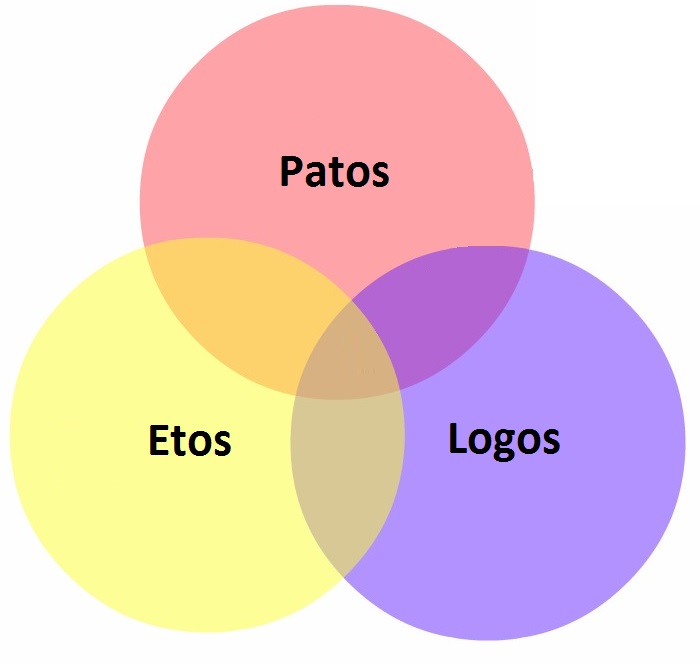
Patos, Logos og Etos de tre grundsten til overbevisning
In rhetoric, ethos, pathos, and logos are the three main ways to persuade an audience. Of the three, ethos is the most important. Ethos is how you convince someone that you're credible; you know what you're talking about and are trustworthy. Pathos is how you appeal to someone's emotions, and logos is how you appeal to someone's logic.
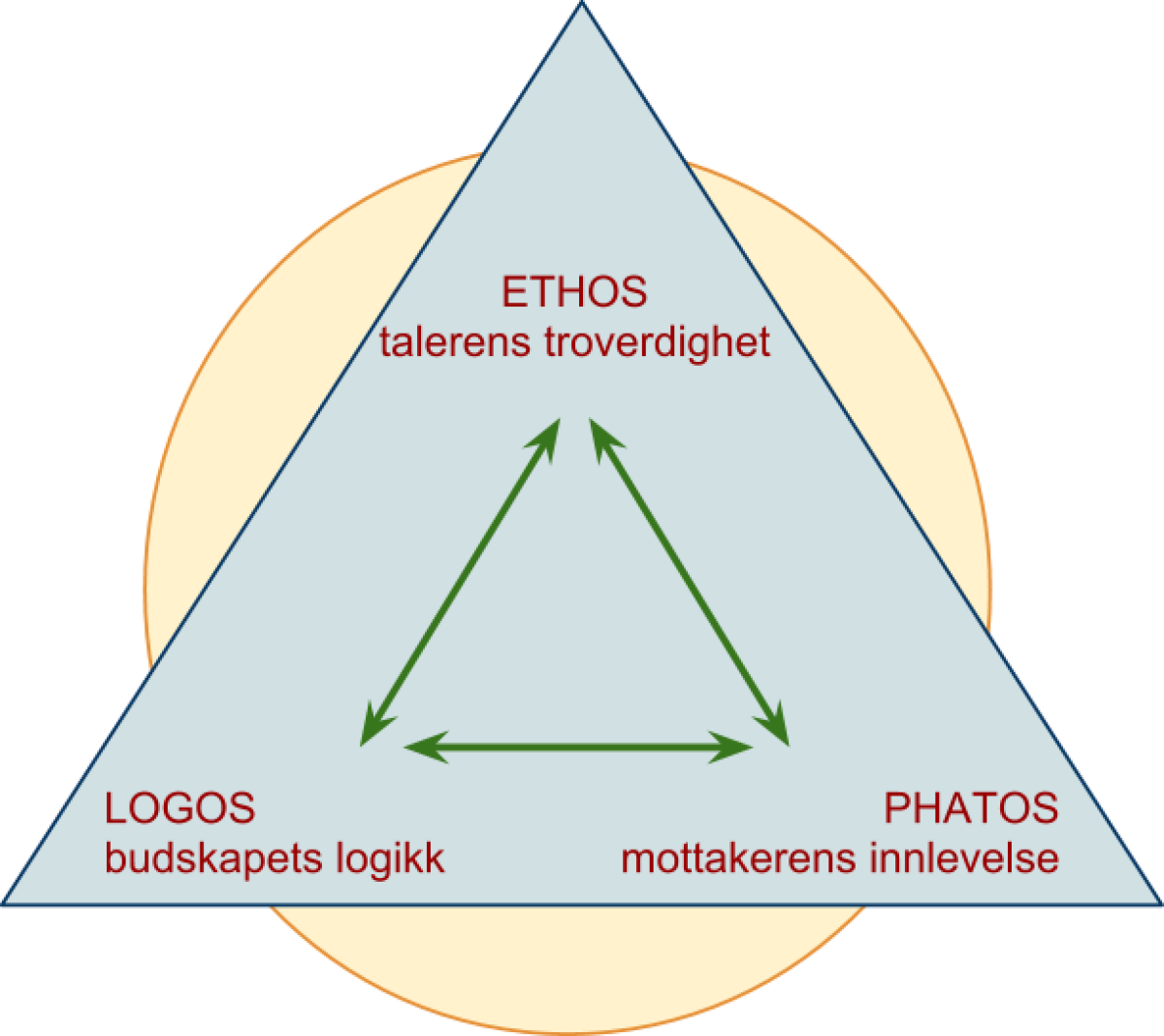
etos logos patos definisjon
Oppgaver og aktiviteter. Bruk etos, logos og patos! En talesituasjon er en retorisk situasjon: Du skal overbevise tilhørerne. Da må du appellere til både hode og hjerte. Les en tale om en yndlingskatt og undersøk hva taleren gjør for å overbevise. Vis kompetansemål.

💄 Persuasive speech ethos pathos logos. Examples of Ethos, Pathos, and Logos in Persuasive
The Rhetorical Triangle can be applied in the classroom to teach students how to develop persuasive writing and speaking skills. Teachers can introduce students to the concepts of Ethos, Pathos, and Logos and provide examples of each. Students can then practice identifying these elements in various texts and speeches and apply them in their own.

Appelformer Logos etos og patos Logos har retning
uofl.edu/writingcenter [email protected] (502)852-2173 Logos, Ethos, Pathos, Kairos Pathos (Greek for "suffering" or "experience") Focuses attention on the values and beliefs of the intended audience. Appeals to the audience's capacity for empathy, often by using an imaginable story to exemplify logical appeals. Whereas logos and ethos appeal to our mental capacities for logic.

Etos, logos og patos i reklame Design og visualisering (IMMED vg2) Ressurssamling NDLA
Simply put, logos, ethos and pathos are three powerful tools that you can use to persuade an audience of your argument. At the most basic level, logos appeals to logic and reason, while pathos appeals to emotions and ethos emphasises credibility or authority. Naturally, a combination of all three rhetorical appeals packs the biggest punch, but.
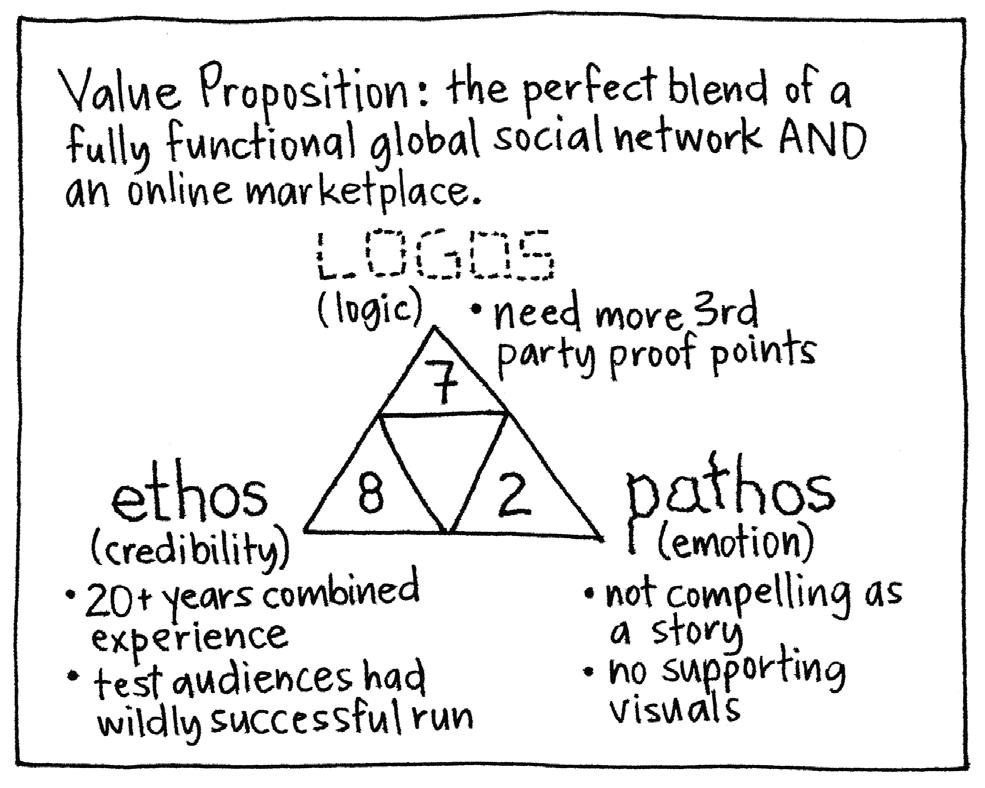
17 Ways to Make Ethos, Pathos, and Logos Really Stick Teaching Expertise
You should become familiar with pathos, logos, and ethos for two reasons: First, you need to develop your own skills at crafting a good argument so that others will take you seriously. Second, you must develop the ability to identify a really weak argument, stance, claim, or position when you see or hear it.